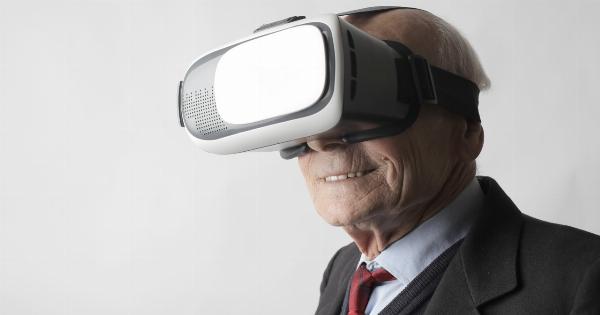Epilepsy is a neurological disorder characterized by recurring seizures, which can vary in severity and frequency from person to person. It affects individuals of all ages and backgrounds, with over 65 million people worldwide living with the condition.
Despite its prevalence, there are still many misconceptions and stigmas surrounding epilepsy, often leading to fear, discrimination, and limited opportunities for those affected.
Understanding Epilepsy
Epilepsy is a complex condition that affects the brain’s electrical activity. The unpredictable nature of seizures can be overwhelming for both the person experiencing them and their loved ones.
Seizures may manifest in various ways, including convulsions, loss of consciousness, altered behavior, and sensory disturbances.
While epilepsy has no identifiable cause in many cases, it can be attributed to factors such as genetics, brain injury, infections, or certain medical conditions.
It is essential to understand that epilepsy is not contagious and cannot be transmitted from one person to another.
Breaking the Stigma
One of the biggest challenges faced by individuals with epilepsy is the stigma associated with the condition. Society’s lack of understanding often leads to discrimination, isolation, and limited opportunities for those affected.
It is crucial to break the stigma surrounding epilepsy and foster a more inclusive and supportive environment.
Diagnosis and Treatment
Diagnosing epilepsy involves a comprehensive evaluation by a healthcare professional.
The diagnosis is primarily based on an individual’s medical history, detailed description of seizures, and various diagnostic tests, including electroencephalogram (EEG), brain imaging scans, and blood tests.
Once diagnosed, epilepsy can be managed through various treatment options. The most common approach is medication, with anti-seizure drugs helping to control or reduce the frequency of seizures.
However, it is essential to find the right medication and dosage that works best for each individual, as effectiveness may vary.
In some cases, lifestyle modifications like stress management, regular sleep patterns, and a balanced diet can also make a significant difference in reducing seizure activity.
Additionally, for individuals who do not respond well to medication, alternative treatments such as surgery, ketogenic diet, or vagus nerve stimulation can be explored.
Living Well with Epilepsy
Although living with epilepsy presents its own set of challenges, it is possible for individuals to live well and pursue their aspirations.
It is crucial to create a supportive network of healthcare professionals, family, friends, and coworkers who understand epilepsy and can offer assistance when needed.
Education about epilepsy is key to dispelling misconceptions and reducing fear. By educating ourselves and those around us, we can create a more empathetic and inclusive environment for individuals with epilepsy.
Providing the right information to schools, workplaces, and community organizations can help individuals with epilepsy access equal opportunities and overcome barriers.
Managing stress and maintaining a healthy lifestyle are vital for those with epilepsy. Stress can be a trigger for seizures, so finding healthy coping mechanisms such as exercise, meditation, and hobbies can make a significant difference.
Regular sleep patterns, avoiding excessive alcohol consumption, and adhering to prescribed medication schedules also contribute to overall well-being.
Epilepsy and Safety
Ensuring safety is a priority for individuals with epilepsy. While seizures cannot always be predicted, taking precautions can help prevent accidents and mitigate potential risks. Here are a few safety measures for individuals with epilepsy:.
- Avoiding activities such as swimming or bathing alone to prevent drowning during a seizure.
- Using protective headgear when engaging in activities that could lead to head injuries.
- Using childproofing measures for homes and installing side rails on beds.
- Informing family members, friends, and coworkers about epilepsy and what to do in case of a seizure.
- Carrying identification detailing epilepsy diagnosis and emergency contact information.
- Ensuring regular check-ups with healthcare professionals to monitor progress and make any necessary adjustments to treatment plans.
Epilepsy Research and Hope
Ongoing research and advancements in epilepsy treatment provide hope for better management and ultimately finding a cure.
Scientists and healthcare professionals are continually working towards improving the understanding of epilepsy and developing more effective treatment options.
Through participation in clinical trials and research studies, individuals with epilepsy can contribute to the progress being made in the field.
By sharing their experiences and insights, they help researchers gain crucial knowledge that can potentially lead to breakthroughs in epilepsy management.
Conclusion
Epilepsy is a condition that affects millions of people worldwide, and it is crucial to dispel fear and misconceptions surrounding epilepsy.
By promoting understanding, empathy, and inclusivity, we can create a society where individuals with epilepsy have equal opportunities and support to live fulfilling lives.




























